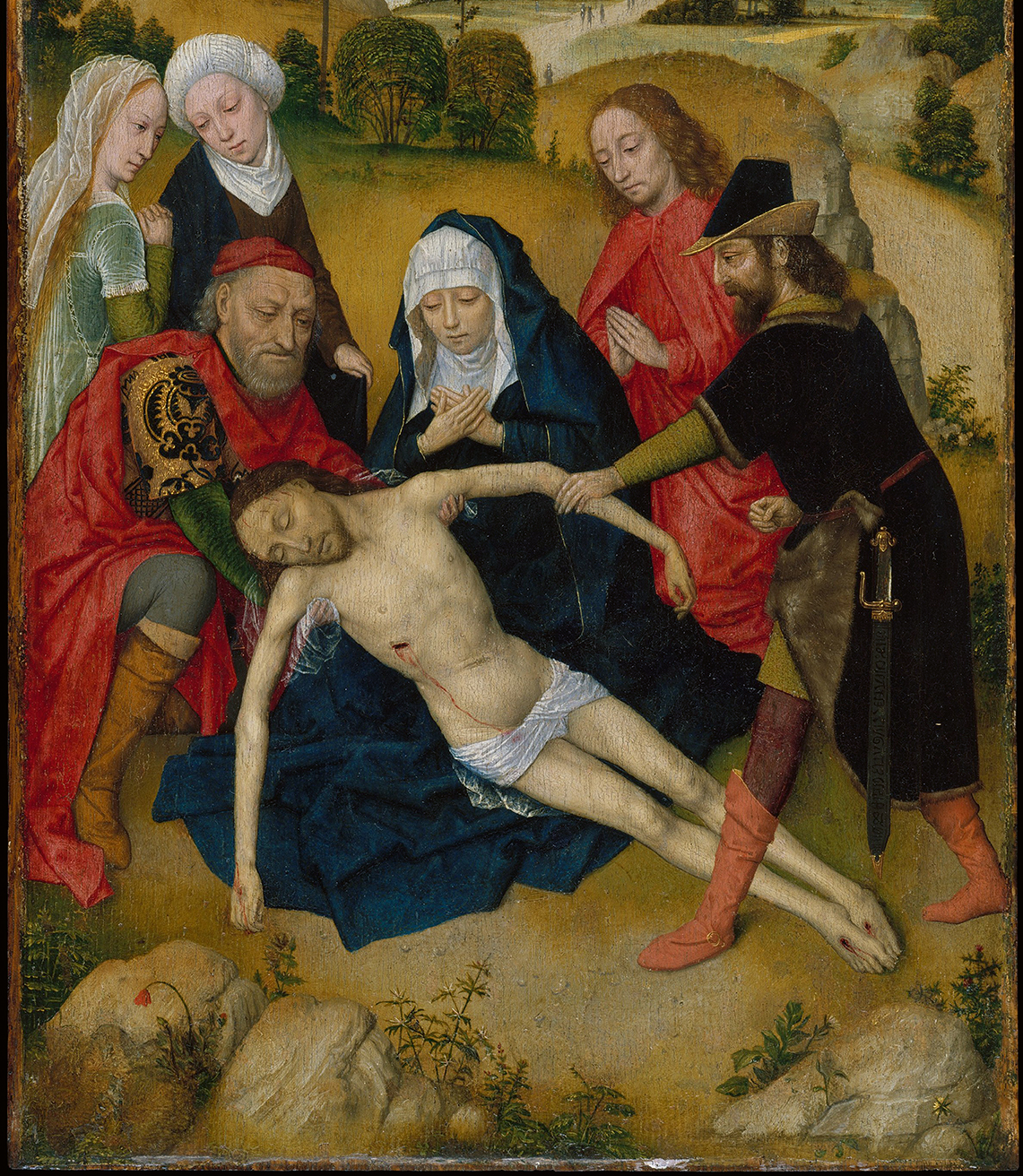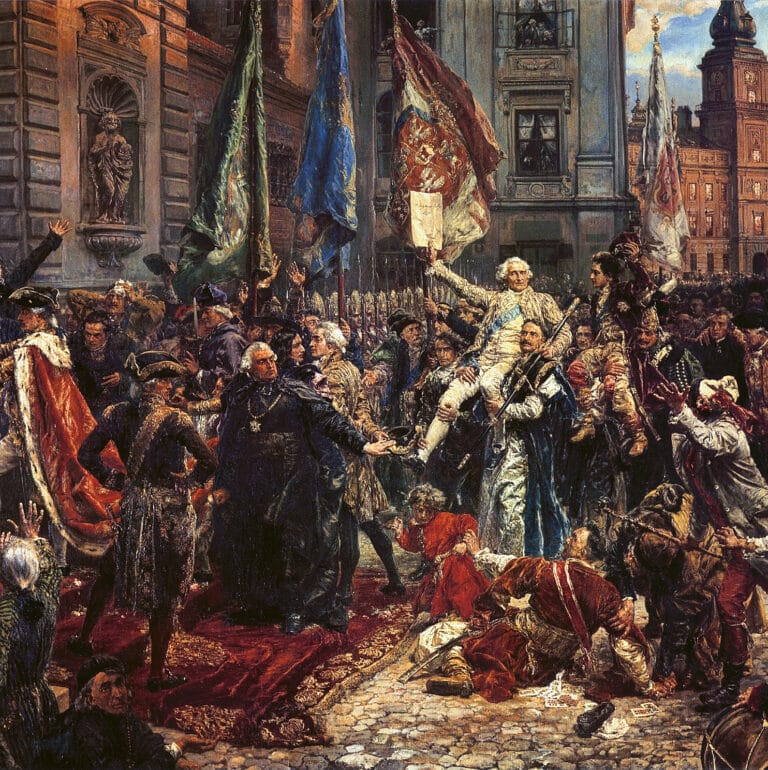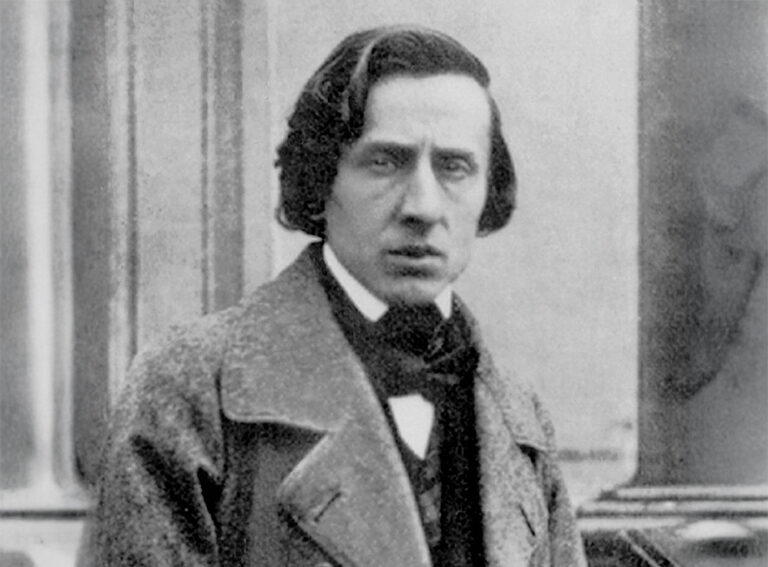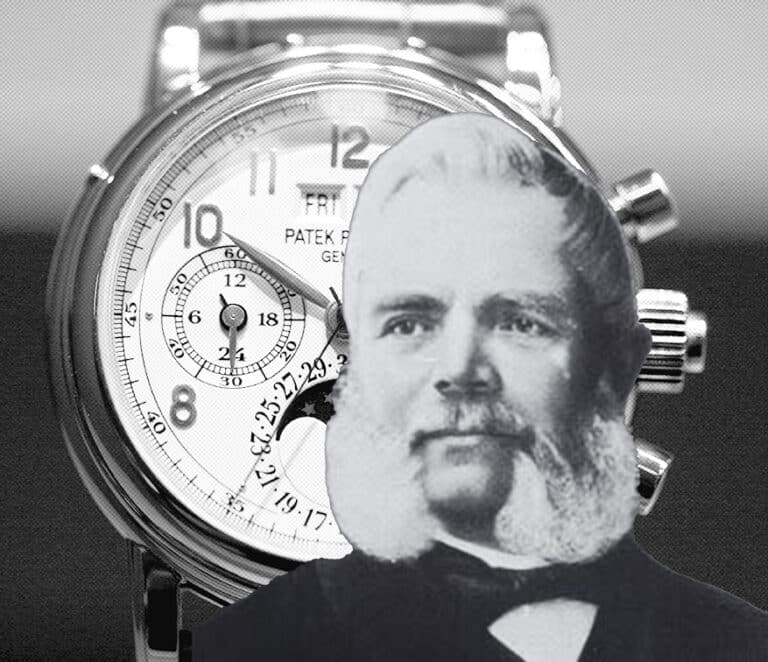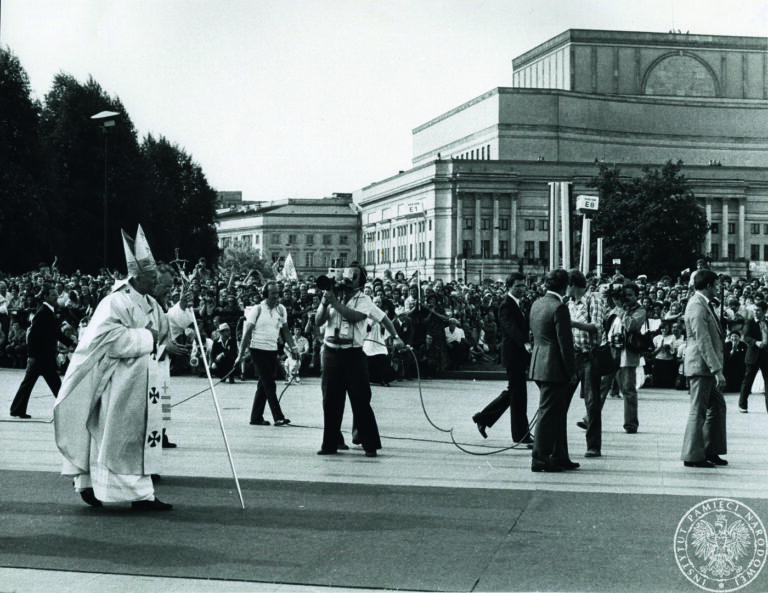How to Tackle the Legacy of King Charles X Gustav
Swedish museums still house artworks looted during the Deluge.
Is there any hope of getting them back?
Three years ago, the 16th-century painting Lamentation of Christ returned to the National Museum in Wrocław. It had been created in the workshop of Lucas Cranach the Elder, a German painter associated with the Reformation.
The painting was a memento of a Saxon couple—merchant Konrad von Günterode and his wife Anna—who commissioned it, as evidenced by the coats of arms in the lower part of the artwork and the depiction of the couple with their four children.
The piece was kept in the Ducal Chapel of the Cistercian Monastery Church of the Assumption of the Blessed Virgin Mary in Lubiąż. In 1880, it became part of the collection of the Silesian Museum of Fine Arts in Wrocław. During World War II, at the behest of Professor Günther Grundmann, the Lower Silesian conservator of monuments, Lamentation of Christ was transported to a repository in Kamenz (Kamieniec Ząbkowicki), where it remained until the end of 1945. In February 1946, the depot was burglarized, and over 100 paintings went missing—among them this one. A version of this story is featured in my spy novel Milusha
How Lamentation of Christ Ended Up in Stockholm
What happened next? In 1970, the National Museum in Stockholm purchased it at an auction in the Swedish town of Mariefred for 4,000 Swedish kronor. It was put up for sale by the heirs of Sigfrid Haggberg, the former director of the LM Ericsson telephone company in Poland, who had died a few years earlier. According to the family, the painting was left in Haggberg’s care, but the original owner never returned to claim it.
Importantly, the Swedish museum recommended to its government that the painting be returned to Poland. Before doing so, it conducted its own research—based on Polish documentation—which confirmed that the artwork had been stolen from the Wrocław collection during the war, and that the museum had been unaware of this at the time of acquisition.
The return was exceptional because Swedish museums still house many artifacts looted from the Polish–Lithuanian Commonwealth during the Deluge. Although in the 1660 Treaty of Oliva Sweden committed to returning part of the plundered cultural property, including archives and libraries, those provisions were never fulfilled.
Hundreds of Artifacts Looted During the Deluge
The Ministry of Culture continues to document the losses. Thanks to these efforts, we know that Swedish collections include numerous manuscripts, as well as, for instance, the ceremonial armor of King Sigismund Augustus, a portrait of Jan Kazimierz by Daniel Schultz, busts of Jan Kazimierz and Ludwika Maria by Giovanni Francesco Rossi, a portrait of the future King Władysław IV from the workshop of Peter Paul Rubens, and the sword presented to Władysław IV by Pope Urban VIII.
Also among them is the 1505 Łaski Statute, which contains the oldest printed version of Bogurodzica. These artifacts are now part of the University of Uppsala’s collection, along with other objects acquired through looting.
Already during the Polish–Swedish war of 1621–1629, the Swedes took the Braniewo library, volumes from Jesuits and Bernardines in Poznań, and the library from Frombork. Among the looted works are those signed by Nicolaus Copernicus and containing his handwritten notes. Meanwhile, the library in Jämtland houses books from the private library of King Sigismund Augustus, looted from the Royal Castle in Warsaw in 1655.

What Stands in the Way of Restitution?
Let’s set aside the fact that the Ministry of Foreign Affairs does not consider this a priority topic in talks with its northern neighbor. A more serious issue is that ministry representatives admit that “the norms of international law regarding prisoners’ property, the prohibition of confiscating private property, or the ban on looting by enemy armies during land warfare were not regulated until the early 20th century under provisions such as the Hague Conventions.” Meanwhile, Sweden still maintains the principle that war booty from the 17th century constitutes legal gains under the international law of that time.
Thus, we can only count on political gestures, as was the case with the postwar-looted painting Lamentation of Christ. It is also important to note that it is not the government, but Swedish museums that primarily decide whether to return or exchange such items. “They also assess whether there are grounds for the restitution of specific objects, in accordance with current regulations and the museum code of ethics,” one Swedish diplomat told me.

